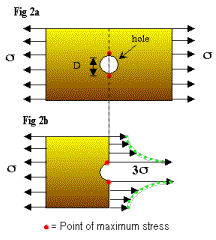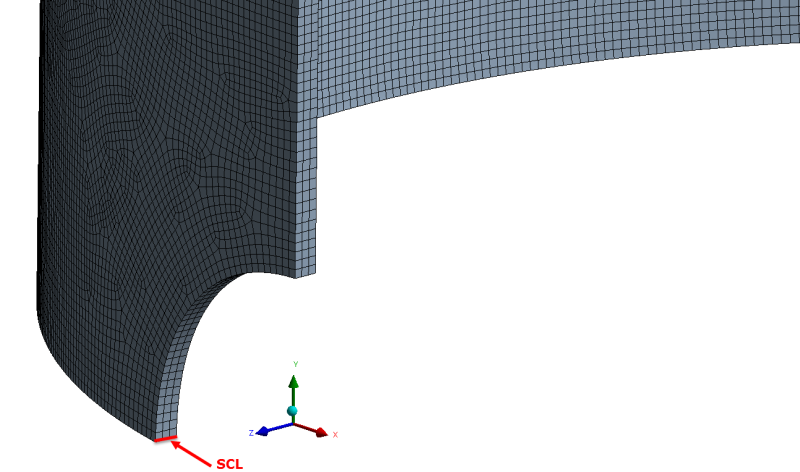Dear All
As per ASME BPVC Sec. VIII-2 Par. 5.5.6 in order to perform ratcheting analysis using an elastic method, it is necessary to calculate primary plus secondary stress range and peak stresses must be excluded in the process. When the FEA results of a linear elastic model are available, the software does not exclude any type of stress. In fact, the software does not have any idea about peak stresses or stress categories at all. Is there any trick to understand what portion of stresses belong to stress concentrations?
Furthermore, for protection against plastic collapse there is a need for separation of primary and secondary stresses. The code clearly mentions that this process of stress categorization needs significant knowledge and judgement. Here again obtaining FEA results seems to be an easy part of the story and the troublesome stress categorization is a main issue. However, I need to know if there are guidelines in order to do stress categorization after obtaining FEA results. What are the tricks if there is any?
Warm Regards
As per ASME BPVC Sec. VIII-2 Par. 5.5.6 in order to perform ratcheting analysis using an elastic method, it is necessary to calculate primary plus secondary stress range and peak stresses must be excluded in the process. When the FEA results of a linear elastic model are available, the software does not exclude any type of stress. In fact, the software does not have any idea about peak stresses or stress categories at all. Is there any trick to understand what portion of stresses belong to stress concentrations?
Furthermore, for protection against plastic collapse there is a need for separation of primary and secondary stresses. The code clearly mentions that this process of stress categorization needs significant knowledge and judgement. Here again obtaining FEA results seems to be an easy part of the story and the troublesome stress categorization is a main issue. However, I need to know if there are guidelines in order to do stress categorization after obtaining FEA results. What are the tricks if there is any?
Warm Regards


